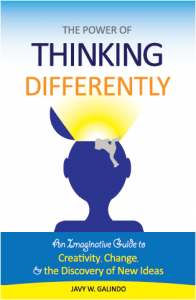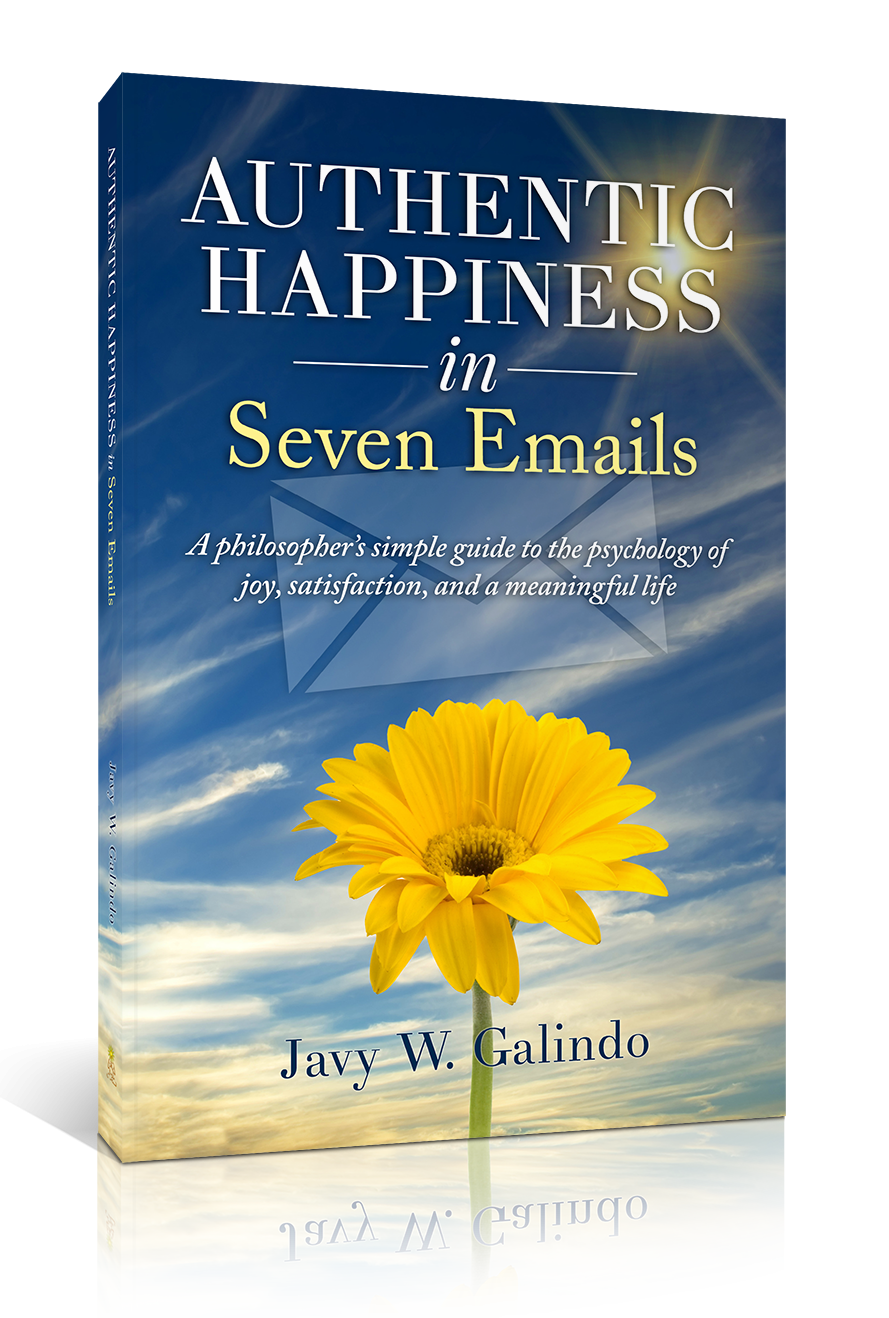This is an excerpt from an interview I gave to Suko’s Notebook book blog where I talk about “The Island of Pickles and Doughnuts”:
Q. Tell us about “The Island of Pickles and Doughnuts”, featured in your book.
JWG: One of the issues I had with a lot of the creativity books was that they only spoke to one part of our brain. Lots of the arts books seemed to be written to appeal to our creative side, while a lot of the cognitive science books I read on creativity only spoke to our rational side. However, when you really look at the creative process as a whole you see that we use our entire brain and not just half of it. So when I was writing the book, I thought it’d be more complete if made sure to write to both sides of the brain (though I think the usual left/right distinction is often an exaggeration). I do my best to use neuroscience and psychological studies to ground all the assertions made in the book on how we think and we can “think differently.” However, to appeal to our creative faculties, I tried to continually use imagery, puzzles, metaphor, myth, humor, and an allegory of an island of pickles and doughnuts.
On the island, there are villagers who believe the whole world consists only of pickles and doughnuts. They are unable to think beyond that paradigm, so they find themselves struggling to deal with their lives in any creative way. However, one day, a few of the villagers run into a beggar claiming to have once been an explorer who ventured outside of the island. This, of course, seemed impossible to villagers, because based off of their limited perception, nothing seemed to exist outside the island. The beggar then proceeds to tell a tale of his past adventure: a search for treasure hidden on another island beyond the horizon. The story is meant to be a metaphor for the creative process; a process of getting beyond habitual thinking and perception, to finding new ideas, and then manifesting those ideas into something tangible — a piece of art, a solution to a problem, a new business, a new life path, etc… It runs parallel with the more rational descriptions of the creative process I present in the book.



